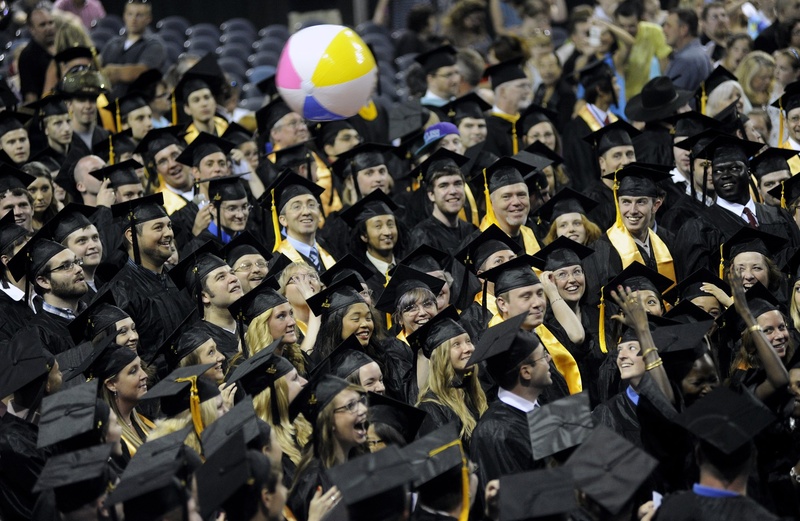The U.S. Senate’s inability to fix the federally subsidized student loan interest rate problem is a classic example of what’s wrong with Washington.
All sides have highly principled rhetoric about the value of equal opportunity and the importance of an affordable education. What they are not acknowledging is that the interest rate on student loans is a relatively small part of the problem and the easiest part to fix. The real problem is college costs, not interest rates, and no one is talking about that.
The subsidized loan rate jumped from 3.4 percent to 6.8 percent on July 1 when a temporary rate cut expired.
On Wednesday, a bipartisan compromise bill, with support from both Maine Sens. Susan Collins and Angus King that would have tied subsidized student loan rates to the markets and gotten the government out of the business of fixing interest rates, was blocked by liberal Democrats who think it would not help make a college education more affordable.
The Democrats’ proposal, which would have cut the rate from 6.8 percent to 3.4 percent for another year, was filibustered by the supporters of the more moderate approach.
Neither bill is likely to pass the tea party-Republican controlled House, which passed a bill that would make student loans like adjustable rate mortgages, allowing them to get more expensive to service over the life of the loan. It’s a terrible idea that would never pass the Senate or be signed by the president.
This fight may go on for a while, but none of these bills addresses the real problem.
This year’s graduates entered the workforce with an average of $26,000 in debt from government loans. Many had additional private loans and owed money to family members. Adjusted for inflation, that is more than twice the debt carried by graduates who got their diplomas in 1993.
This explosion of debt burden follows a period of historically low interest rates. The problem is not interest rates but escalating college costs that are burdening these students and their families. And the debt crisis is not just a problem for them.
Graduates entering the workforce with too much debt are less likely to buy cars or homes. They are also less likely to get married and start families. That will have a chilling effect on the economy, but what would be worse would be if large numbers of families decided that higher education was not worth the escalating cost. That means fewer high-skill people in the workforce.
Congress is right to consider the rapidly escalating costs of a college education, but adjusting the interest rate on loans won’t do enough.
The Oregon Legislature has taken a much more creative approach that should be considered as a national model. Instead of charging tuition at state schools, under an Oregon plan students would pay a percentage of their income after graduation for a number of years.
That kind of system would make higher education affordable and develop an educated workforce. That would make the state more prosperous and ensure that more residents get a fair shot at an education.
That’s the kind of thing Congress should be addressing, but if they can’t even fix the interest rate problem, that kind of effort hardly seems possible.
Send questions/comments to the editors.



Success. Please wait for the page to reload. If the page does not reload within 5 seconds, please refresh the page.
Enter your email and password to access comments.
Hi, to comment on stories you must . This profile is in addition to your subscription and website login.
Already have a commenting profile? .
Invalid username/password.
Please check your email to confirm and complete your registration.
Only subscribers are eligible to post comments. Please subscribe or login first for digital access. Here’s why.
Use the form below to reset your password. When you've submitted your account email, we will send an email with a reset code.